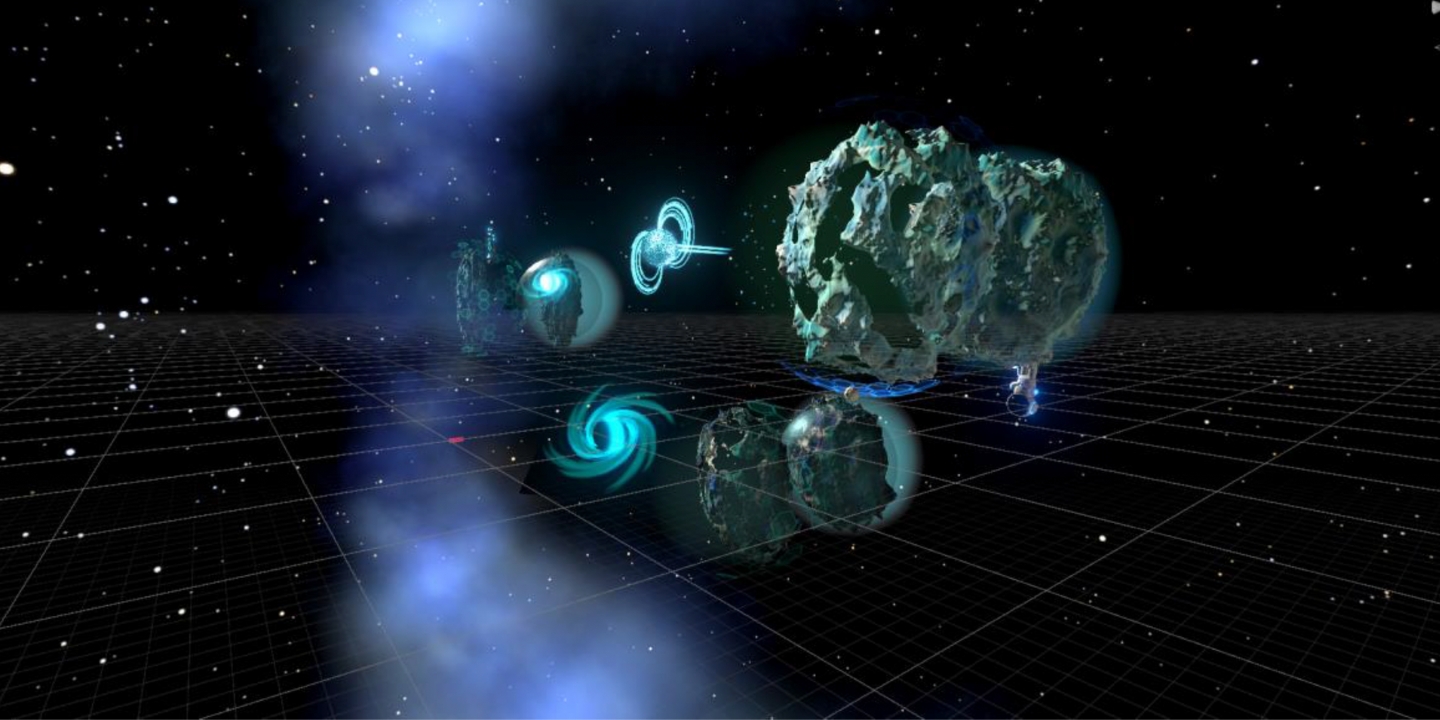
Stars emerge from the Australian STEM Video Game Challenge
Media release 5 Sep 2024 5 minute readWinning ideas in this year’s Australian STEM Video Game Challenge included a lone spaceship protecting Earth from shooting stars, a solar-powered city built on a sphere around the sun and interstellar golf.
The Australian Council for Educational Research (ACER) today announced the winners of the 2024 challenge, on the theme ‘stars’.
Now in its 10th year, the challenge aims to engage students in science, technology, engineering and mathematics (STEM) learning as they develop real-world skills for the careers of the future.
The popular annual game design competition is open to students from years 3 to 12 across 6 categories. In 2024, there was an 80% increase in the number of participants compared with 2023. Entrants came from every jurisdiction apart from the Northern Territory. New South Wales had the highest participation, with 563 students submitting a total of 197 entries, followed by Victoria, with 258 students submitting 101 entries. About 350 entrants spoke English as their second language, and 57 were of Aboriginal or Torres Strait Islander origin.
The challenge has grown in significance and popularity over the past 3 years, as schools and teachers take up the opportunity to progress student learning in digital technologies.
Project manager Lisa van Beeck says the challenge tasks align with many learning areas in V9 of the Australian Curriculum, notably digital technologies, media arts, English and mathematics. It builds increasingly important workforce skills such as storytelling, report writing, visual design, project management, and providing and working with feedback.
‘The first year is the hardest, because that’s about understanding what’s involved and your own limitations in terms of time and the platforms and technology available to you,’ she says.
‘The next year that they enter, we find that the kids really power up – they push themselves that little bit further because they know what they’re able to achieve.’
Winners of the Australian STEM Video Game Challenge:
Category: Year 3 – 6 Scratch
Team name: World Dominators – Jack, Luke, Agasthya, Akein (year 4)
School: West End State School, Queensland
Game name: Dyson Defender
Game description: Dyson Defender is set in the future, with humans living in a city built on a Dyson sphere around the sun. A sudden power failure occurs, requiring an urgent investigation.
Category: Year 3 – 6 Open platform
Individual entrant – Riley (year 5)
School: St Leonard's College, Victoria
Platform: Turbowarp
Game name: Rogue Stars
Game description: Rogue Stars is an arcade-style game featuring an outer space encounter between a spaceship and a cluster of stars attempting to rid their galaxy of trespassers.
Category: Year 7 – 9 Godot Engine
Team name: NDAT Games – Nathan, Adriel (year 7)
School: Shire Christian School, New South Wales
Game name: Shooting Stars
Game description: Shooting stars are on a collision course with Earth. The player mans a spaceship that must protect the planet from destruction.
Category: Year 7 – 9 Open platform

Individual entrant – Elora (year 9)
School: Chancellor State College, Queensland
Platform: Unity
Game name: The Night’s Sky
Game description: The aim of the game is to reach the brightest star in the sky by using a lasso to swing from hundreds of stars on each level, completing constellations along the way.
Category: Year 10 – 12 Unreal Engine
Individual entrant: Windy Games – Aidan (year 12)
School: Whyalla Secondary College, South Australia
Game name: Project Constellation
Game description: The game is set inside an ancient temple that has imprisoned constellations. The player must solve puzzles and confront deities to obtain artefacts and find a way out, with assistance from some of the constellations.
Category: Year 10 – 12 Open category

Team name: Redshift – Ted, Micky, Hudson, Kevin
School: Cranbrook School, New South Wales
Platform: Unity
Game name: Swingularity
Game description: Swingularity is an interstellar golf game that involves orbital mechanics and navigating hazards such as celestial bodies.
